Tiles for Walls & Floors: A Complete Guide
10, Dec 2022
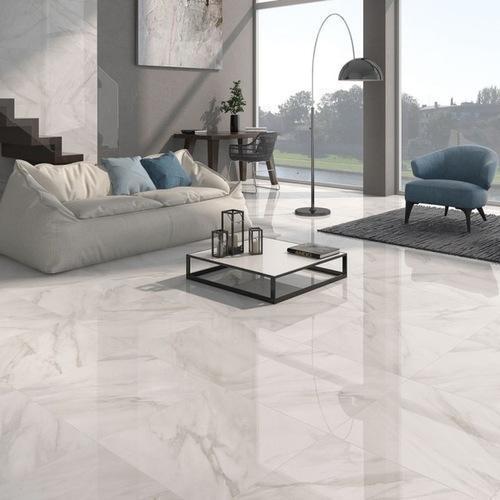
Flooring plays quite a role when it comes to redesigning your home and with the many variations of flooring available it can be hard to choose one for each room. If you are on a tight budget but don’t want to limit your options, tile is the answer.
Tile is largely installed in areas prone to water damage, it is a great way to clean up the water and keep moisture from invading your home. Let’s look at everything you need to know about floor tile, wall tile, etc., to help you find the best flooring possible and keep your finances intact.
- Floor Tile & Wall Tile
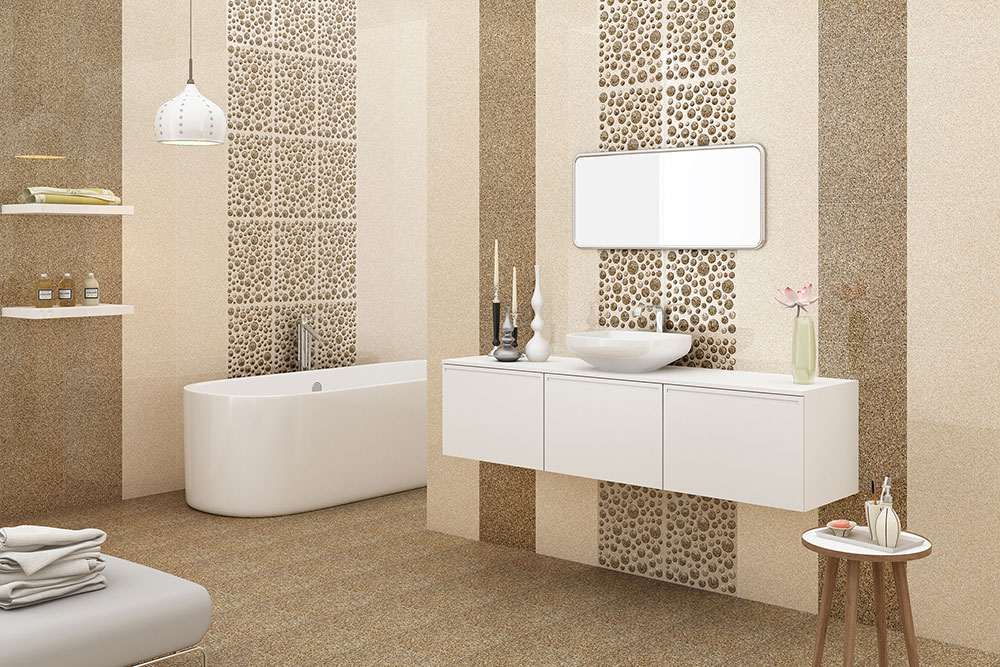
Tile is used for both, floors and walls, but there are quite a few minor differences to look at when it comes to the different types of tile. While both have rugged heat and water resistance, floor tiles tend to be more resistant since they are slightly thicker.
You cannot use wall tiling for your flooring since it will not be able to handle foot traffic and will likely crack. Verify that the tile you choose is suitable for flooring before you buy it.
When talking of appearances, wall tile is usually made of ceramic or porcelain. They are usually smaller than floor tile pieces, lightweight, and easy to apply.
- The Hardness of The Tile
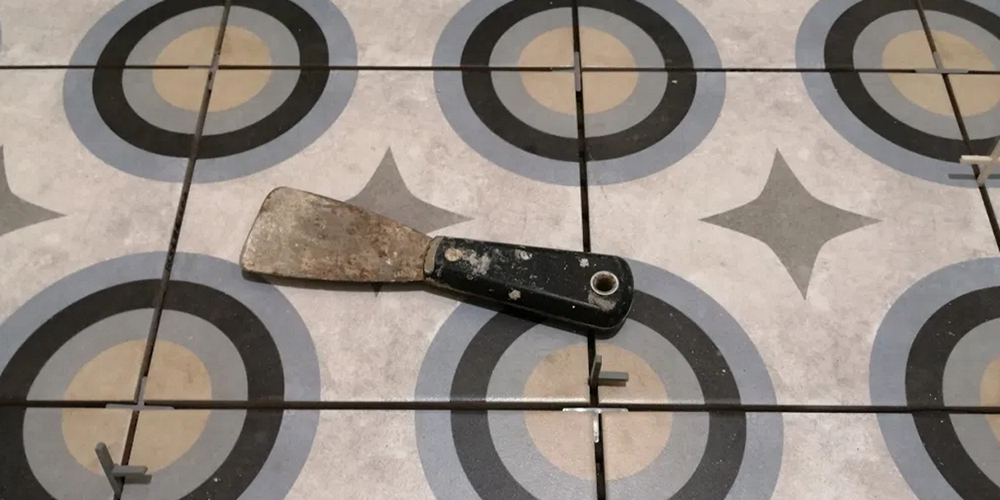
The hardness of the tile is one of the most crucial things to consider when comparing the various tile options. The hardness can be identified based on the PEI, Porcelain Enamel Institute rating. Companies classify the hardness of the tile by using the five classes of PEI ratings.
The higher the rating, the harder the tile. Class 5 can handle excessive foot traffic, while Class 1-rated tiles cannot handle any food traffic at all.
- Porosity: Water Damage Potential
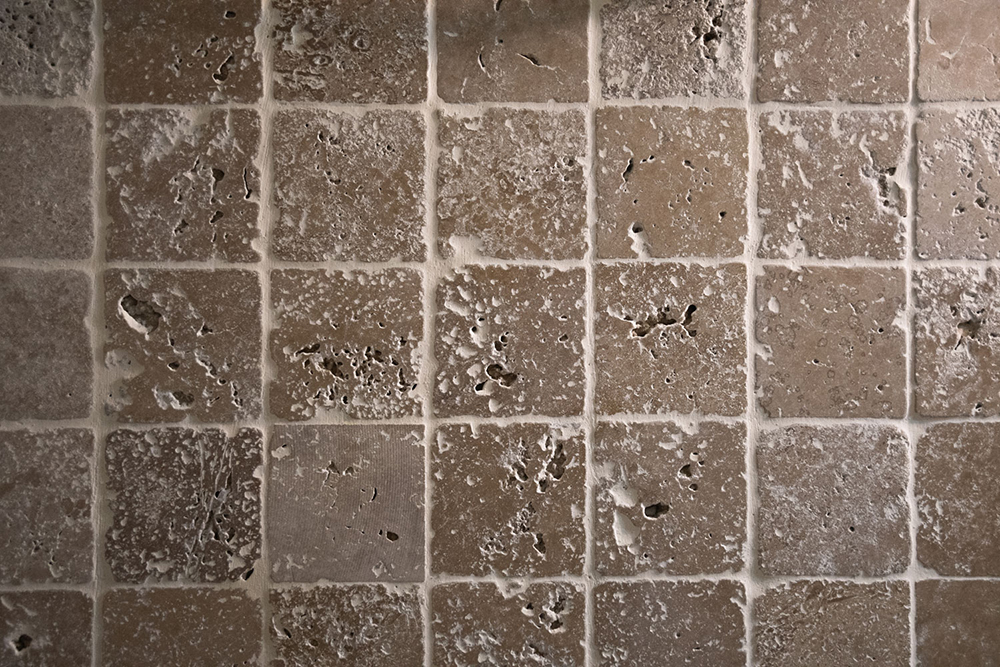
Do not forget to consider the porosity of a tile. The ratio of air holes to the solid areas of tile material is referred to as porosity. If the tile has more air holes, it means it is more porous.
You will want to pay attention to the porosity when you are installing the tile. You do not want to discover that water is seeping through your new floors after putting in all the hard work of tile installation.
Like the hardness rating, the porosity rating is also given by tile companies. Tile classified as impervious, water absorption of 0.5 percent or less, is recommended for the kitchen and especially the bathroom. Tile with water absorption of more than 7 percent, the non-vitreous, is not recommended for floors.
- The Room You Want to Tile
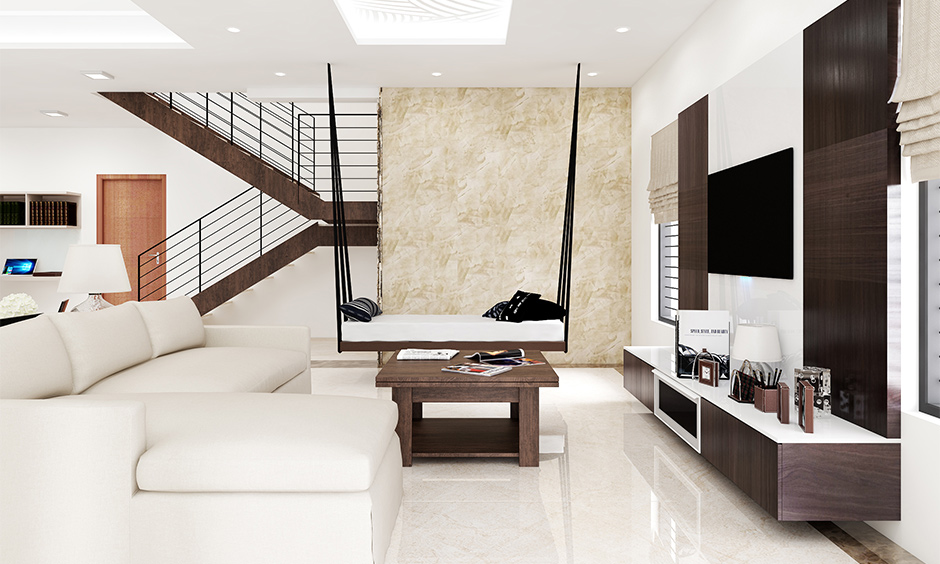
When shopping for tile, you want to be sure of the places you will use tile in. As we saw above, you will want to consider the hardness of the tile.
If you need something that will fit in any corner of your home, go for porcelain. Porcelain is known to give off the classic look and also offers trustworthy durability. The versatile tile is perfect for homes with pets or small children due to its eco-friendly and non-allergenic properties.
If you are looking for something classy and upscale for your kitchen, consider marble and wood tile. And talking of bathrooms, stone tile or dark wood tiling can give it a whimsical upgrade. There are some amazing tile trends of 2022 that you can look into to make the most of tiles.
Areas to Tile
Let’s look at the most common places in the home where tile is installed.
Kitchen
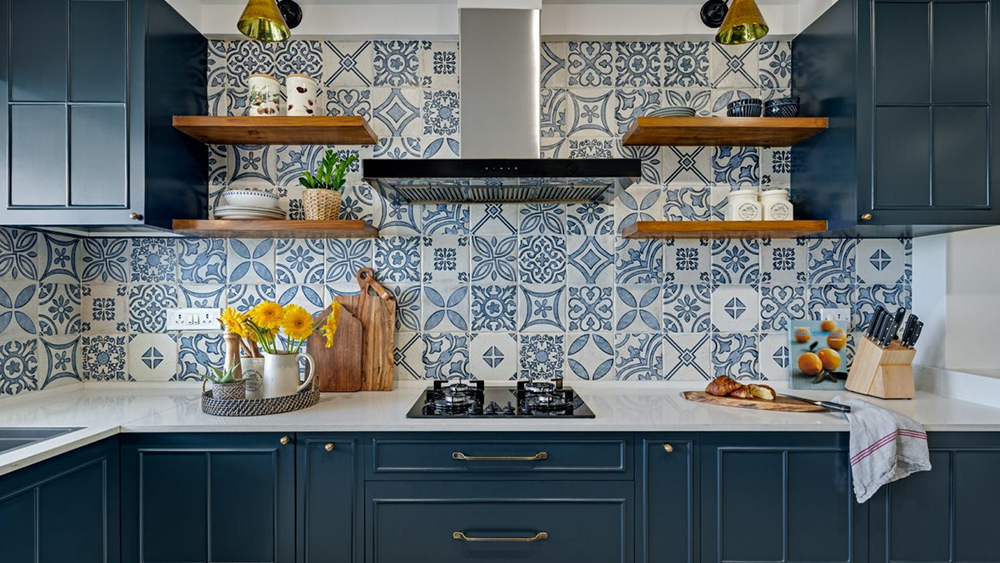
The kitchen is one of the most common places where tile is used. The tile installed on the walls of a kitchen, usually in between the back of the counter and the bottom of the upper cabinets is called kitchen backsplash. You can use tile for your kitchen flooring as well to prevent potential water damage.
Bathroom
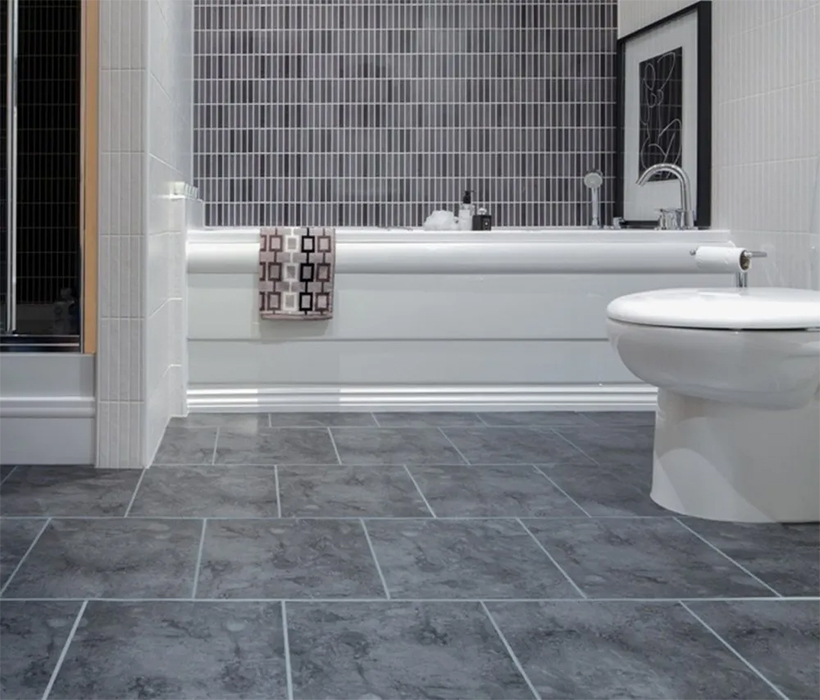
The bathroom is also among the most common places with tile installations. This is because the potential of water damage to the floorboards is more here. Plus, the floor and walls of the bathroom shower get their own tile too.
Entryway
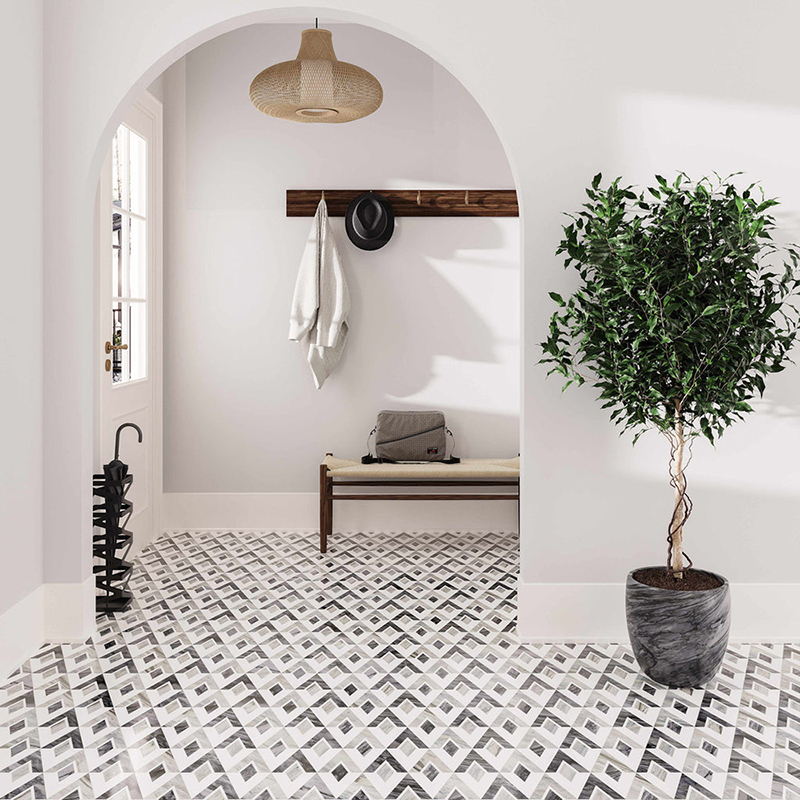
The entryway of the home often has a tile floor since tile is easier to clean as compared to other floorings. When someone enters a house dripping with rain and mud, all you need to do is mop it.
Sizes, Shapes, & Patterns of Tiles
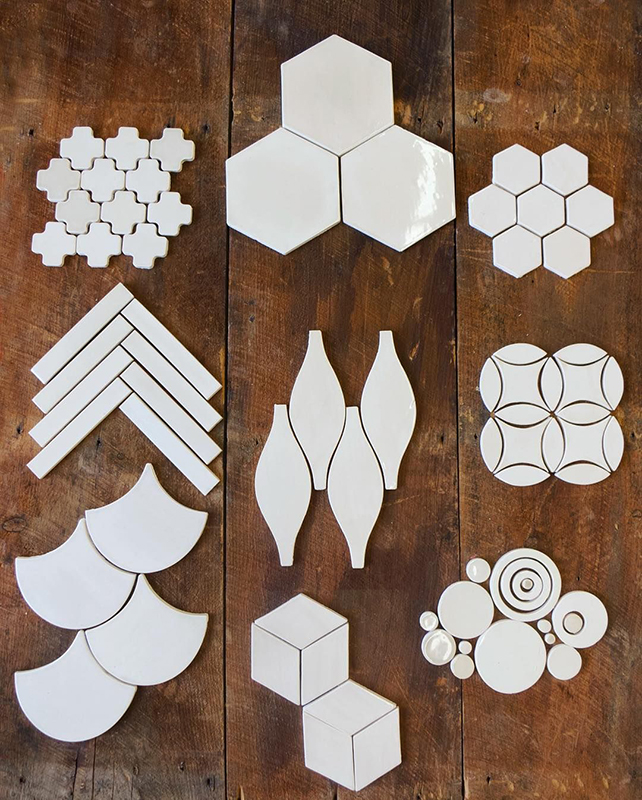
There are numerous types of tiles to choose from and knowing the difference between the main types will help you choose the one that fits all your needs. Along with differences in tile designs, there are different tile sizes as well, with mosaic being the smallest one.
Then there are many patterns available as well, from herringbone to Chevron, Scallop, and the widely known Subway.
One Last Thing
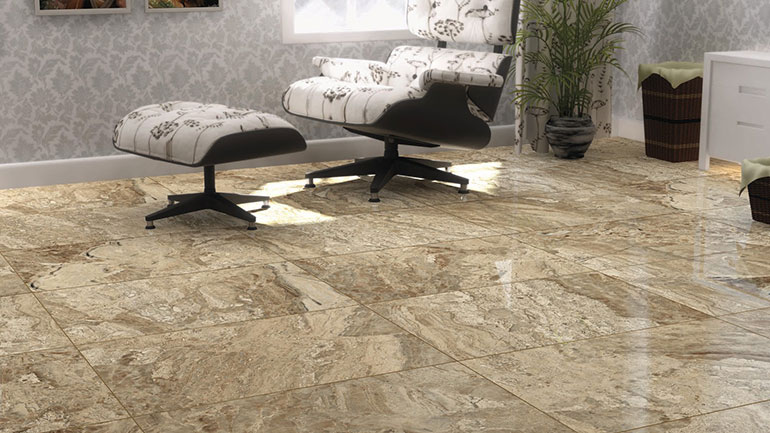
The options are endless when talking of tile, with an exhaustive number of shapes, sizes, and styles. Tile also has the ability to fit within any budget. But there are a few things you need to keep in mind when you choose a tile for your abode.
Do not forget to compare porosity and hardness while looking at the various designs when you go tile shopping, and you are bound to pick the perfect tile for your abode.
Wondering where to begin?


 Address:
H42C & H43F, RIICO Industrial Area, Chirawa, Rajasthan 333026
Address:
H42C & H43F, RIICO Industrial Area, Chirawa, Rajasthan 333026 +91 637 797 0211
+91 637 797 0211